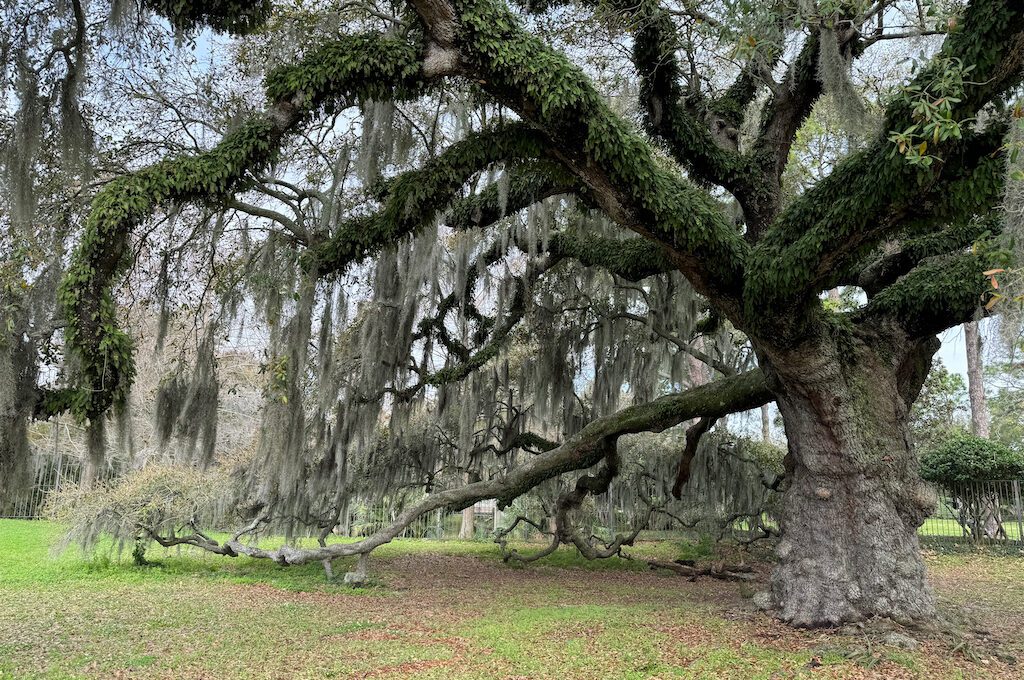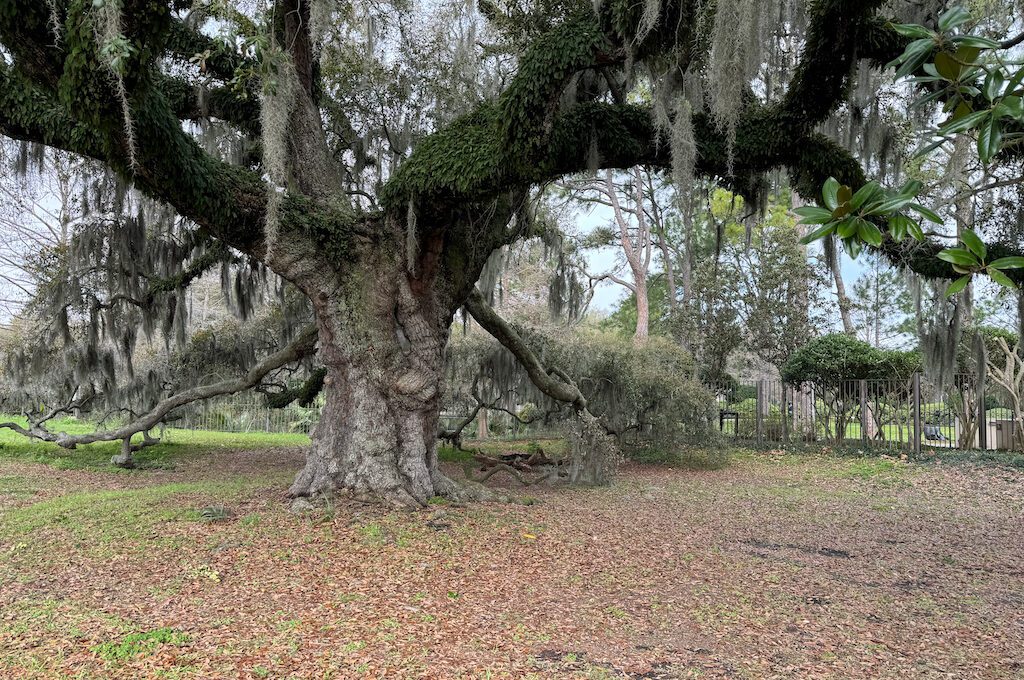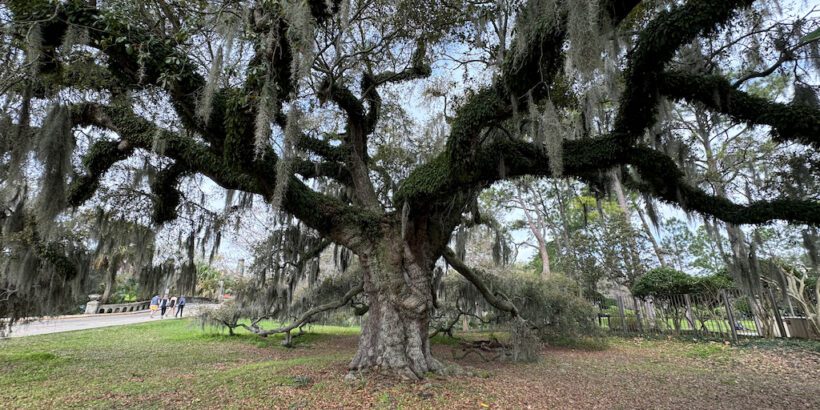For generations, the Dueling Oaks in New Orleans served as the epicenter of dueling, becoming an emblematic battleground in Louisiana’s rich history.
Exploring the historical backdrop of this iconic site provides fascinating insights into an era when the culture of dueling thrived throughout the region and it just might make you re-think your perspective on this “barbaric and unnecessary” practice.
A brief history of dueling
Dueling is an ancient European practice and by the end of 18th century it had spread throughout the US colonies.
While many duels took place in the northern half of the US, and many of us associate dueling with the Hamilton-Burr duel which took place in New Jersey, it’s the antebellum South where dueling really took hold.
Dueling became deeply entrenched in the social norms of the South, where a widely accepted set of rules, known as the “code duello,” governed the practice.
This code — containing about 25 rules and derived from the 1777 Irish Code Duello — defined the manner in which duels were conducted. It set rules to ensure there was some structure to gentlemanly combat, ranging from the wording used to the weapons chosen.
The code also played a crucial role in shaping how communities perceived individuals in the Southern aristocracy, where personal honor was highly prioritized.
More on that later.
Dueling at St. Louis Cathedral & the Duelling Oaks
Before duels were the daily attraction in New Orleans City Park, another arena of bloodshed and honor took center stage – St. Anthony’s Garden behind St. Louis Cathedral.
During the 18th century, St. Anthony’s Garden emerged as the preferred battleground for the insulted gentry of New Orleans.
As the crack of bullets echoed through the air, countless duels unfolded behind the grand St. Louis Cathedral. The garden, once the epicenter of mortal combat, was eventually outlawed for duels within the city limits which led to a new duel playground: City Park.
Only steps away from where you can now enjoy beignets at Café Du Monde in City Park, stood two towering oak trees, soon to be known as the “Duelling Oaks.” It was here where hundreds of duels took place between 1834 and 1844.

In 1892, the Times-Democrat reported, “Under the ancient cathedral canopies of nature, blood has been spilled. From 1834 to 1844, hardly a day went by without duels occurring at the Oaks. It wouldn’t be surprising if the very violets bloomed red from the drenched grass during that time!”
No shortage of prominent politicians made their appearances here and some like U.S. Senator Waggaman met their final demise.
Indeed, the practice of dueling was so ingrained in the culture that young men from reputable New Orleans families routinely enrolled in dueling schools.
These establishments were concentrated in the area now known as “Exchange Alley” and you can still see one of them today. (It’s called the “House of the Fencing Master” at 618 Conti St and it was built for Pierre Soulé in late 1837.)
Sometimes a morning would be filled with dueling.
One Sunday in 1839 witnessed an astonishing 10 duels beneath the Duelling Oaks, attracting hundreds of spectators eager for a macabre form of entertainment.
What caused these duels to break out?
The anecdotes vary from the mundane, like a duel stemming from a misplaced chair at a dinner party, to more personal tales involving accusations of being a liar, thief, or cheat. Faced with such a personal attack, whether directed at oneself, friends, or family, the only available course of action would be to issue a challenge.
Duels also apparently sprung from offensive remarks not even directed at people.
For example, a duel frequently cited revolved around a European scientist who insulted the Mississippi River, dismissing it as “but a tiny rill compared to the great rivers of Europe.”
A Creole overheard the affront and promptly took up the river’s defense, challenging the scientist to a duel—an encounter that resulted in victory for the Creole.

When we think of duels, the notion that typically arises is one of pettiness, needless conflict, and barbarism.
However, many times there was a surprisingly rational reason for wanting to duel: individual credit.
While honor, as we understand it today, played a role, duelers weren’t always purely on such an idealistic pursuit.
In the agrarian South, maintaining an honorable reputation was crucial for securing loan approvals which were often needed because of the long wait between planting and selling their crops. (Planters relied heavily on borrowed money to finance their operations.)
It’s asserted that in this culture, honor and creditworthiness were nearly synonymous.
If you made a perceived slight and then were challenged to a duel you better apologize or accept the duel; otherwise you could be publicly shamed as a coward which would significantly damage your reputation.
Suffering a damaged reputation resulted in enduring economic consequences. It would be like getting hit with late multiple payments on your credit report and could seriously restrict your access to capital and reduce your political sway.
So, yes, people in the 1800s cared a lot about their name but that may have been because they didn’t want to find themselves in financial ruin.

Certain gentlemen established their reputations based on their prowess in dueling.
One notorious duelist of the time was Senor Don Jose “Pepe” Llulla, renowned for his mastery with both sword and pistol, among other weapons. Just how serious was he? There were rumors suggesting that he acquired St. Vincent de Paul Cemetery #2 on Louisa Street for the sole purpose of interring his defeated adversaries.
There is variance in reports regarding the number of duels Pepe Llulla participated in and emerged victorious, but a consensus generally places it between twenty and thirty encounters. Most did not culminate in fatal bloodshed but rather concluded with the withdrawal of Llulla’s opponents.
Another well known figure in these duels was Mandeville de Marigny who was an ardent duelist and an expert with sword and pistol, and has been credited with fifteen or more encounters.
Duels were outlawed in 1855 and really started to fall out of popularity after the Civil War for a few reasons.
First, after approximately 752,000 lives claimed by the war people were just tired of hearing about other people dying.
Second, the war had hit the planter aristocracy really hard and that was the class preserving these gentlemen duels. Weakened, they began questioning the value of this type of “honor,” especially in a world where total war was a reality.
There was also the rise of modern banking institutions and commercialized lending — personal credit could be determined on more than just your character.
Despite the bans, duels still continued on for decades. Some sources claim that the last duel was fought beneath the oaks in 1890, while others contend the last one took place during the first decade of the Twentieth Century.
Along with the duels, one of the dueling oaks also didn’t last as it was destroyed by a hurricane in 1949.
The remaining oak tree is thought to be 300 years old with a height of 70 feet and a girth of 25 feet. And we’re lucky to have that one considering Hurricane Katrina did away with 2,000 trees in the park.
As dueling waned in popularity and became a thing of the past, the Duelling Oaks maintained their eerie ambiance. The ghostly whispers of the past continued to haunt the remaining oak tree, with tales of apparitions armed with swords or canes. Visitors have reported feelings of heavy melancholy, invisible figures brushing by, and the appearance of glowing orbs.
Final word
The Dueling Oaks, now standing as a testament to a turbulent past, continue to weave the threads of history, myths, and haunting tales into the tapestry of New Orleans. From St. Anthony’s Garden to City Park, the echoes of honor and duels persist, reminding us of a time when pride and reputation were worth risking everything – even one’s life.
Daniel Gillaspia is the Founder of UponArriving.com and the credit card app, WalletFlo. He is a former attorney turned travel expert covering destinations along with TSA, airline, and hotel policies. Since 2014, his content has been featured in publications such as National Geographic, Smithsonian Magazine, and CNBC. Read my bio.

